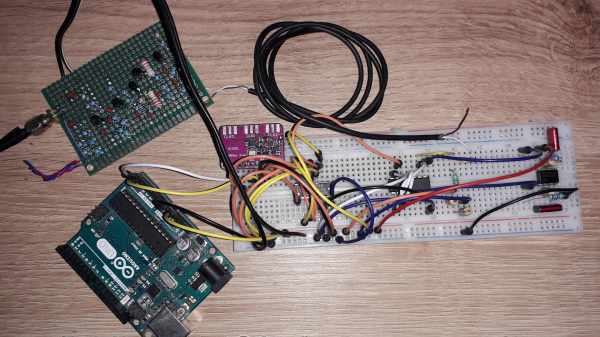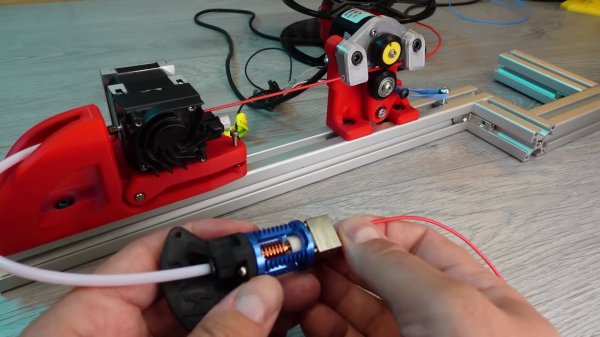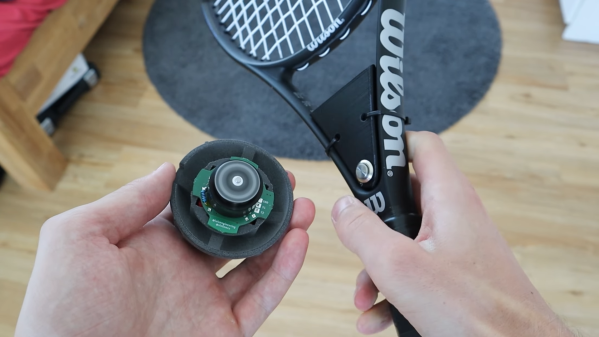There’s yet another brouhaha forming over Twitter, but this time around it’s a security researcher making noise instead of an eccentric billionaire. [Peiter Zatko] worked as Twitter’s security chief for just over a year, from November 2020 through January 2022. You may know Zatko better as [Mudge], a renowned security researcher, who literally wrote the book on buffer overflows. He was a member at L0pht Heavy Industries, worked at DARPA and Google, and was brought on at Twitter in response to the July 2020 hack that saw many brand accounts running Bitcoin scans.
Mudge was terminated at Twitter January 2022, and it seems he immediately started putting together a whistleblower complaint. You can access his complaint packet on archive.org, with whistleblower_disclosure.pdf (PDF, and mirror) being the primary document. There are some interesting tidbits in here, like the real answer to how many spam bots are on Twitter: “We don’t really know.” The very public claim that “…<5% of reported mDAU for the quarter are spam accounts” is a bit of a handwave, as the monetizable Daily Active Users count is essentially defined as active accounts that are not bots. Perhaps Mr. Musk has a more legitimate complaint than was previously thought.
Continue reading “This Week In Security: In Mudge We Trust, Don’t Trust That App Browser, And Firefox At Pwn2Own”


















